Knowledge King
Different types of cabin car air filter
Particulate Cabin Air Filter
Here is the Toyota regular particulate cabin air filter

The regular particulate filter consists of a filtration medium, which is usually a porous fibrous material. It is the most basic or regular type of filter and does not remove ultra-fine particles. Therefore, it allows odors and gaseous pollutants like carbon monoxide to pass through.
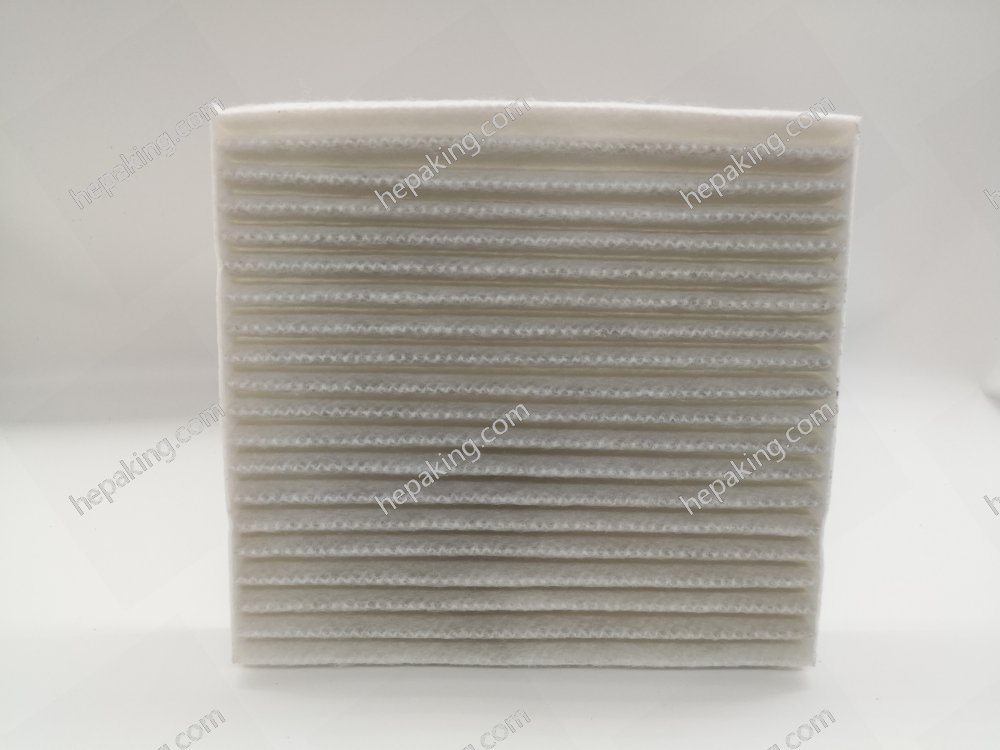
In the picture below, we cut the air filter by half, it can be seen that the air filter is composed of loose non-woven fabric
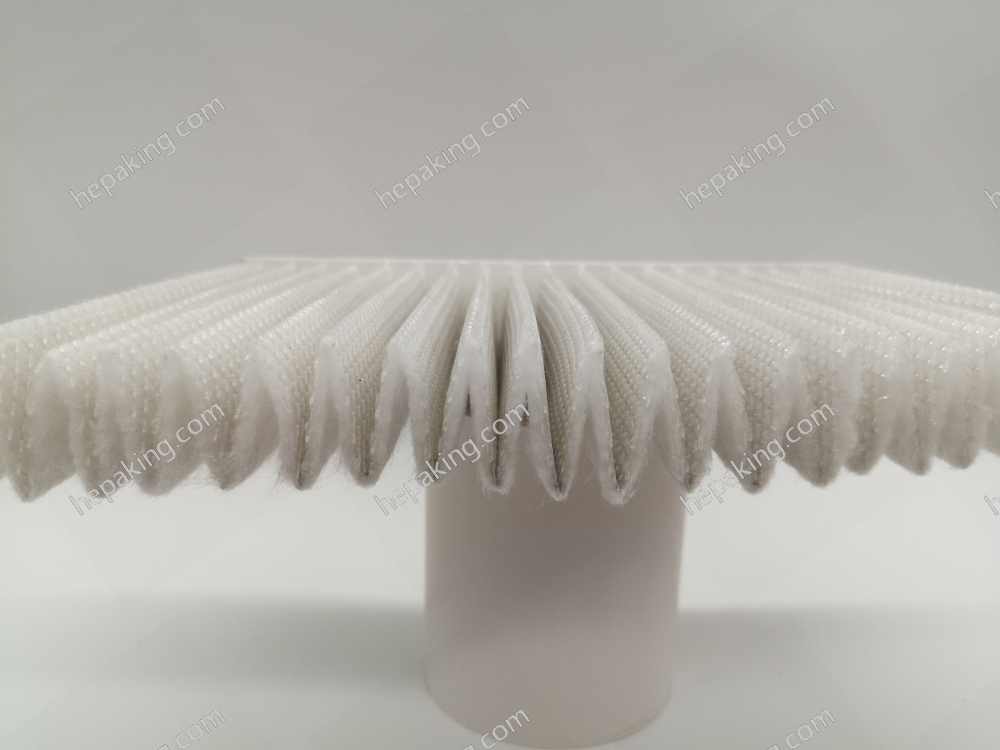
Charcoal impregnated cabin Air Filter
The charcoal filter can usually be found in a more advanced branding. Here below is a charcoal filter from TESLA.
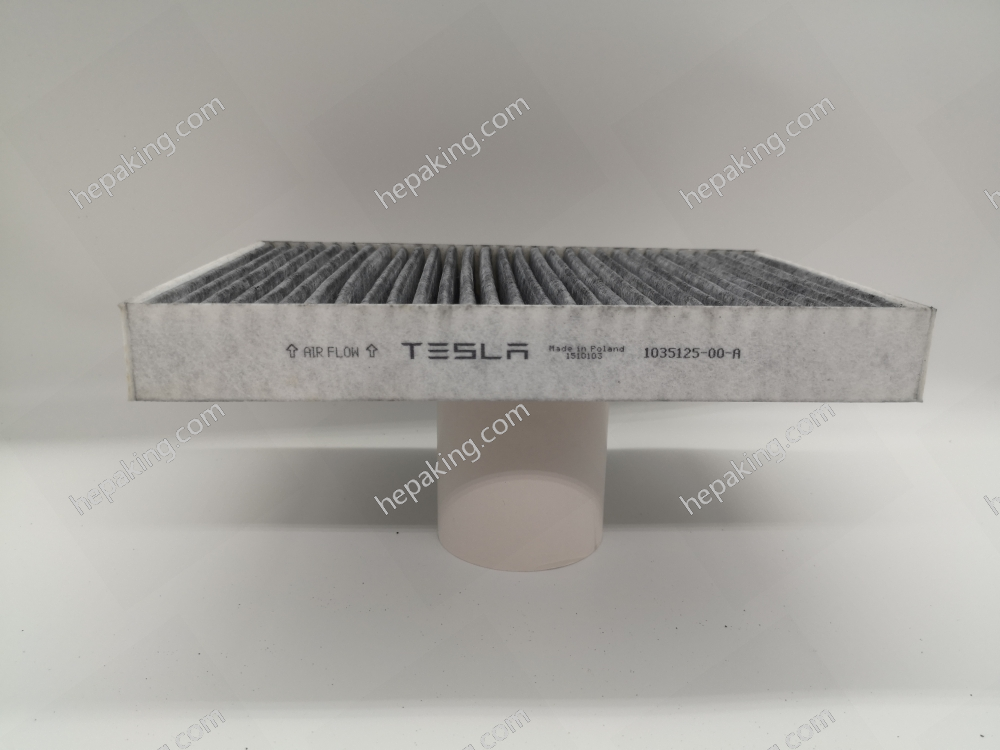
The front side of the air filter
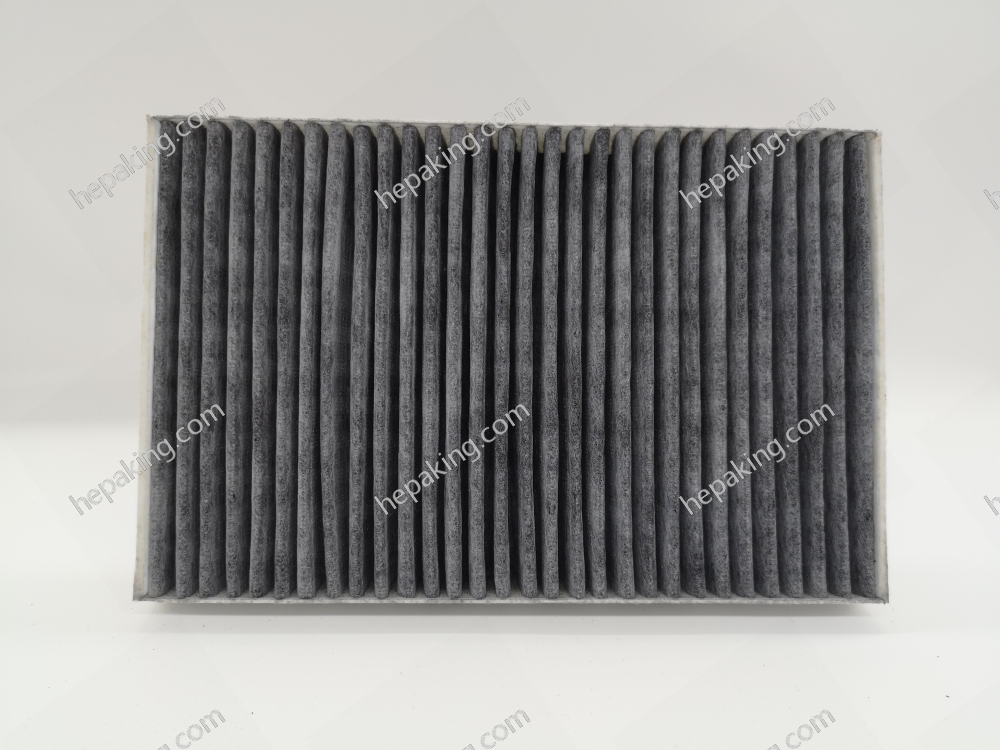
The backside of the air filter
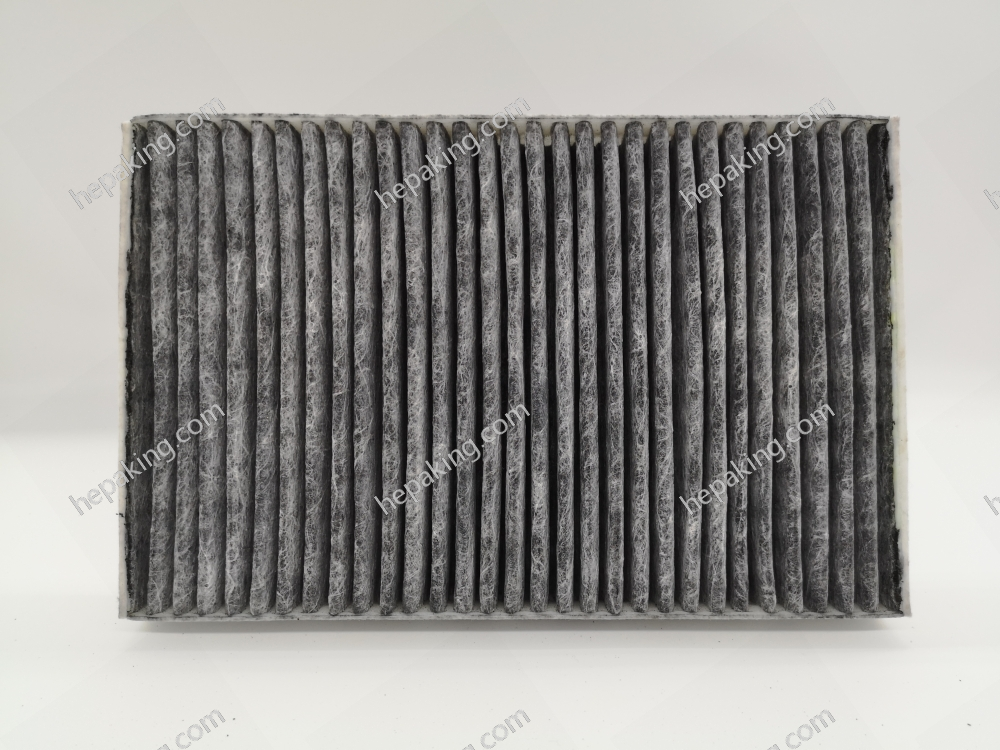
In the picture below, we cut the air filter by half, it can be seen that the TESLA air filter is filled with layers of materials that look dark in color. Through the process, some of the charcoal fall off from the filter.
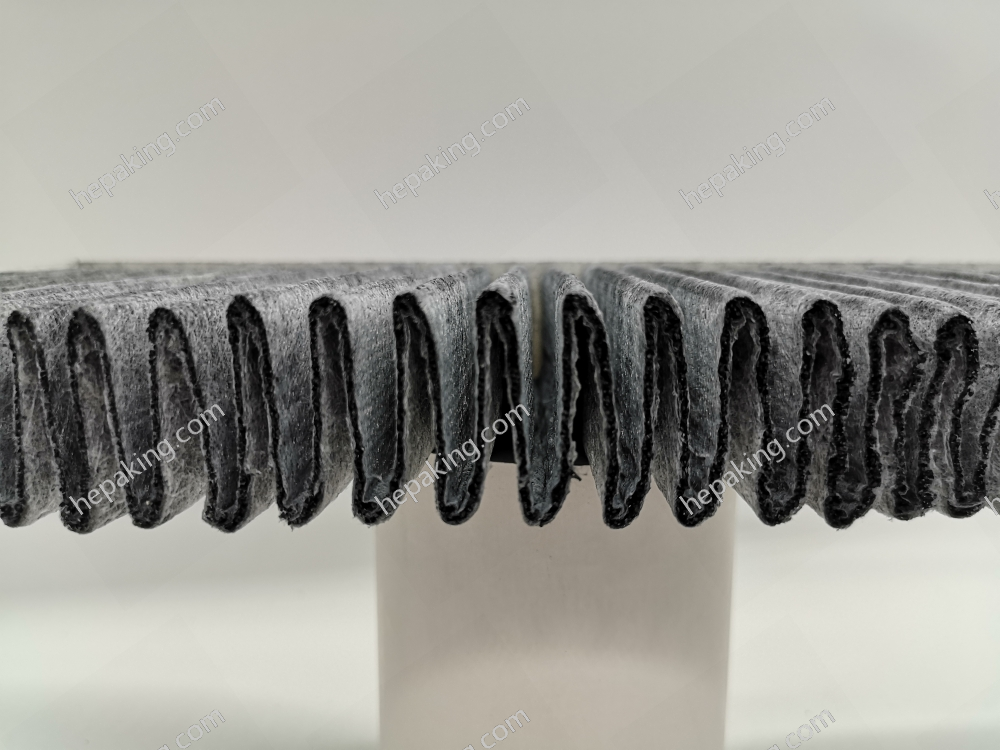
Here is the picture of a charcoal cabin air filter manufactured by another company. We can see that it contains fewer layers of charcoal.
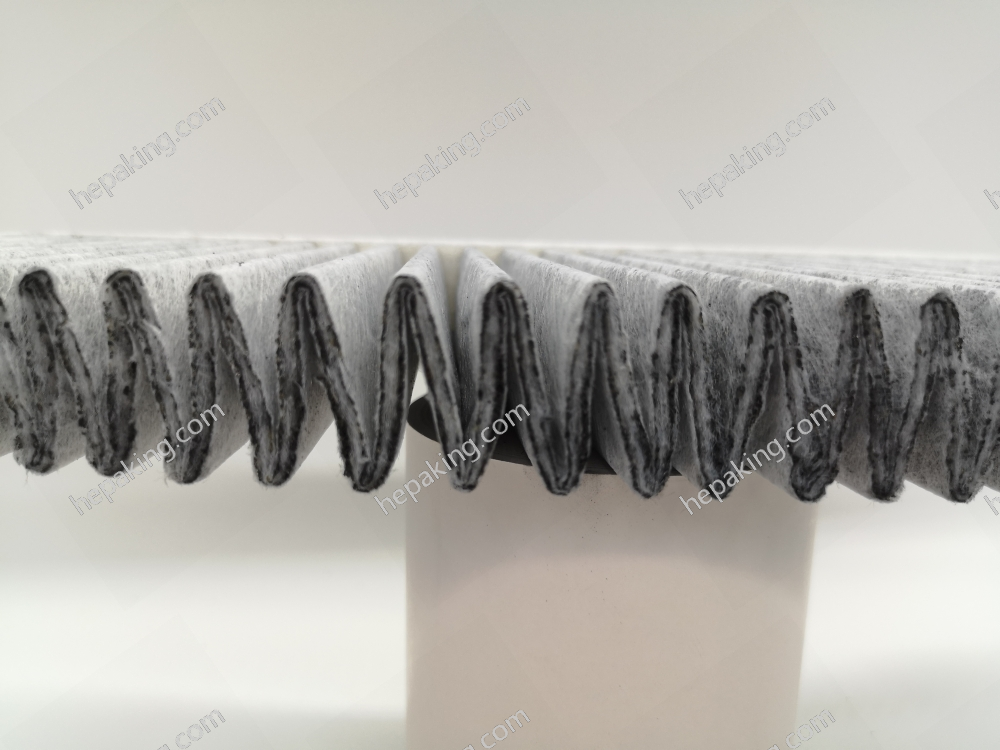
Instead of the traditional columnar granular charcoal, the charcoal filter consists of a layer with smaller charcoal, which increases the total surface area of the charcoal particles without increasing the amount of charcoal. Hence, it greatly improves the single-pass filtration efficiency of formaldehyde. Due to the simple structure of the charcoal layer, the cost of the charcoal filter is much cheaper than a HEPA cabin air filter and Activated Carbon Cabin Air Filter.
Since a large amount of glue is used to stick the activated carbon to the filter screen, the composition of the glue may cause an odor smell.
Why would manufacturers use charcoal layers in the production if it is known that it may result in an unpleasant smell?
The reason has reduced the cost of production. Moreover, it would reduce the cost of R&D in the long term production.
HEPA Cabin air filter
High-efficiency particulate air, also known as high-efficiency particulate absorbing, refers to the efficiency standard of air filters. Filters meeting the HEPA standard must satisfy certain levels of efficiency. Common standards require that a HEPA air filter must remove—from the air that passes through—at least 99.95% of particles whose diameter is equal to 0.3 μm; with the filtration efficiency increasing for particle diameters both less than and greater than 0.3 μm.
A filter screen made of composite electret polypropylene melt-blown fiber and PET skeleton cloth through discounting and fixing processes. Its function is to filter solid impurities
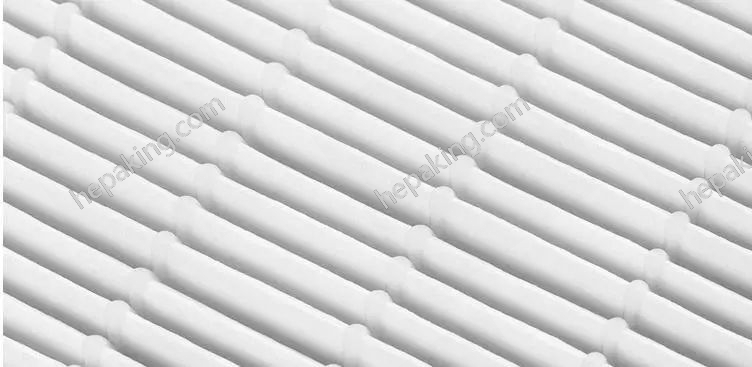
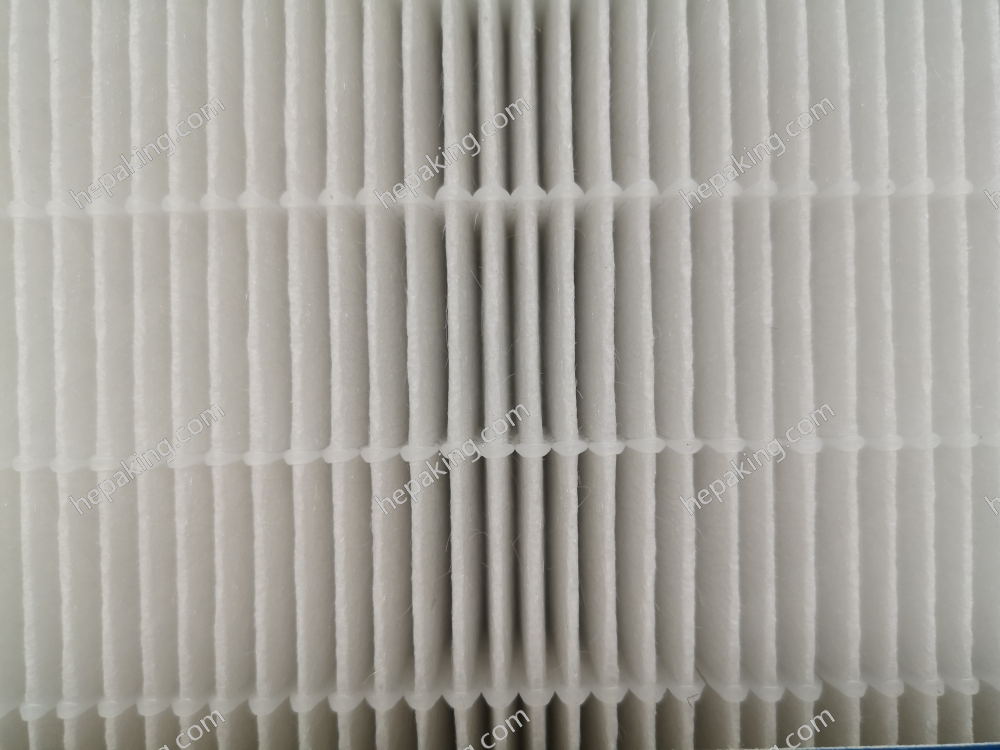
In the picture below is our HEPA King cabin air filter in which the air filter is cut in half, it can be seen that the air filter is composed of highly dense layers of filter which can effectively remove PM2.5 particles in the air. Our cabin air filter consists of 2 layers which are an H12 advanced HEPA filter, and a nano-air purification mineral layer respectively. In the advanced version, we would make use of Electrostatic and Activated Carbon Cabin Air Filter
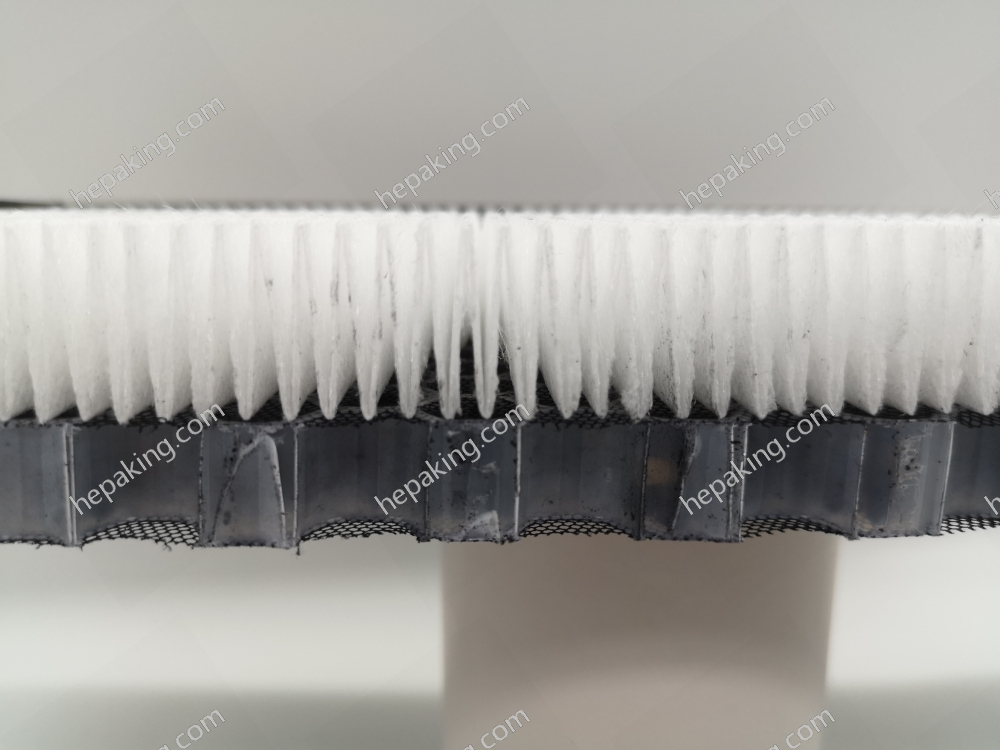
Electrostatic Cabin Air Filter
This type of filter uses static charge to trap pollutants. Electrostatic cabin air filters are effective at removing both particulate matter and odors. These types of filters also remove odors and bacteria.

The picture above is our advanced version of the cabin air filter which consists of an electrostatic and activated carbon cabin air filter. As the air passes through the filter media, layers of electrostatically charged fibers attract pollutants.
Activated Carbon Cabin Air Filter
An activated carbon air filter is made up of a conventional filtration medium and a layer of activated carbon or charcoal. Activated carbon is simply a special type of charcoal whose properties to absorb gases are higher. The material is usually produced by heat-treating charcoal and impregnating it with chemicals.
These types of cabin air filters are more efficient and eliminate harmful gaseous pollutants such as carbon monoxide. In addition, it can filter bacteria and microorganisms.
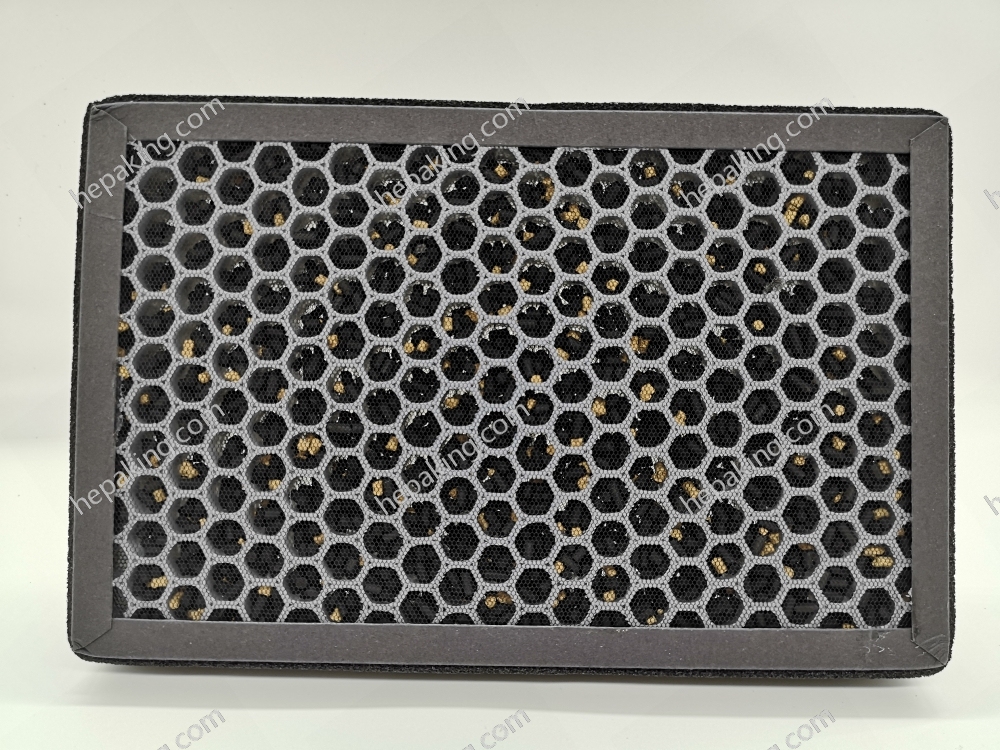
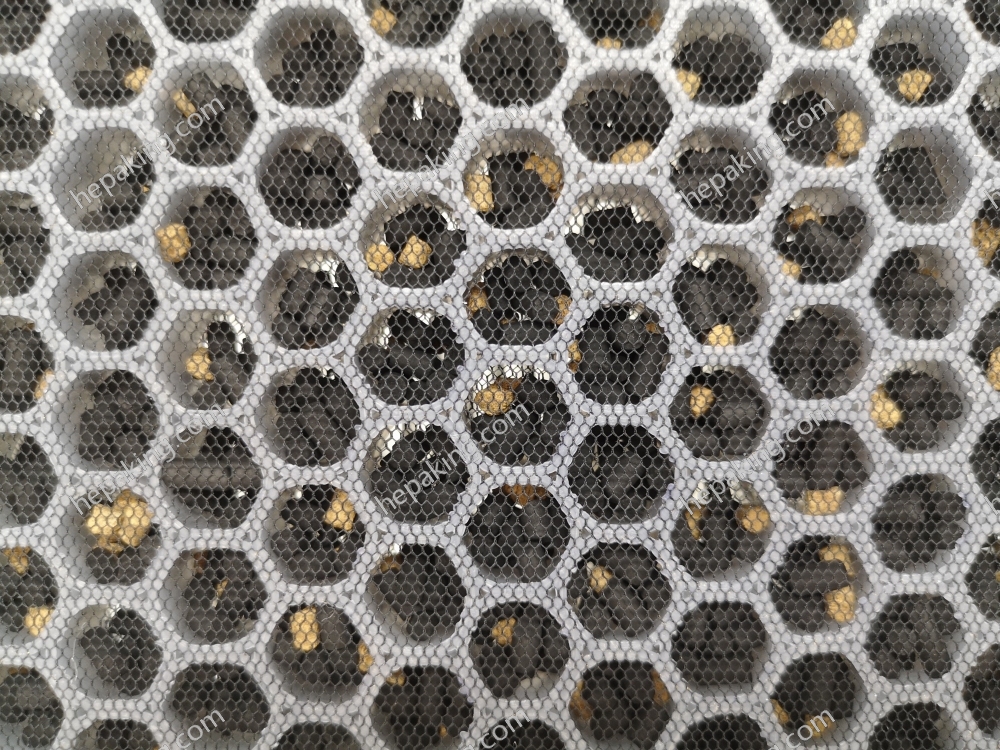
The picture above is our HEPA King honeycomb activated carbon filter. The substance that black is activated carbon and the yellow object is the molecular sieve. Both activated carbon and molecular sieves have adsorption capability. The molecular sieve not only has the adsorption capacity, but the "sieving function" is more important in chemical research. Molecular sieves are relatively stable because of the relatively stable silicon structure. When molecular sieves are used as catalysts, they are responsible for screening qualified molecules with a porous structure. If the substances are too large, they will be "tapped" and cannot pass through the porous structure. At present, ZSM-5 is regarded as the most famous molecular sieve for catalysis, and SAPO-18 and SAPO-34 molecular sieves are the most cutting-edge research and improvement directions in the field of catalysis at this stage.
Nanocrystalline
Nanocrystals are mainly particles made of porous mineral crystals such as pure natural mineral soil and activated carbon powder. Mineral soils include sepiolite, tourmaline, attapulgite, bentonite, etc., are improved activated carbon. The pore size of the internal pores is between 0.27-0.98 nanometers, which are arranged in crystals, so it is called "nanocrystals'' for short. It is mainly used to adsorb harmful molecules and polar macromolecules in the air. Nano mineral crystals have certain limitations in the adsorption of harmful gases. Therefore, when choosing, you can choose according to your own needs. Activated carbon and nano mineral crystals both have their advantages and disadvantages for air adsorption. Activated carbon is easy to adsorb saturation, but it removes formaldehyde more comprehensively. Nano-mineral crystals are cheaper than activated carbon, so they are usually used as a substitute for activated carbon.
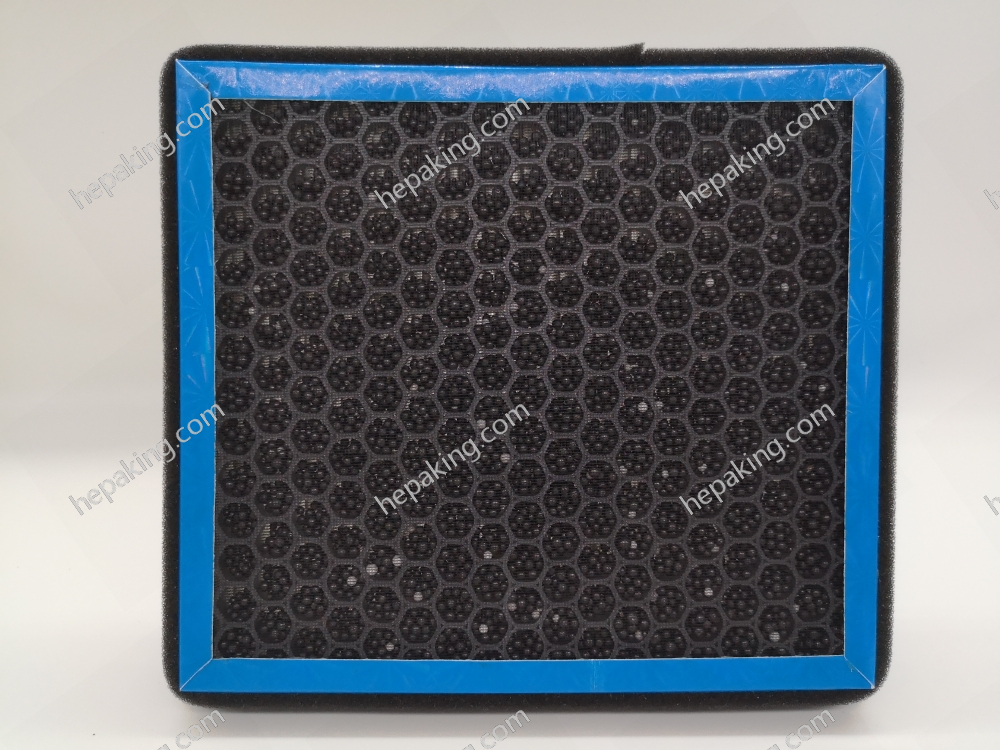
To conclude, no matter which types of materials you choose, the key point is to replace the cabin air filter regularly to have the best effect! Don't ignore the health of car owners and passengers to save money. If you are not sure, it is better to choose a branded filter, but a higher price doesn’t necessarily mean better quality. You can choose the air-conditioning filter that suits your car according to the budget and functional needs.

